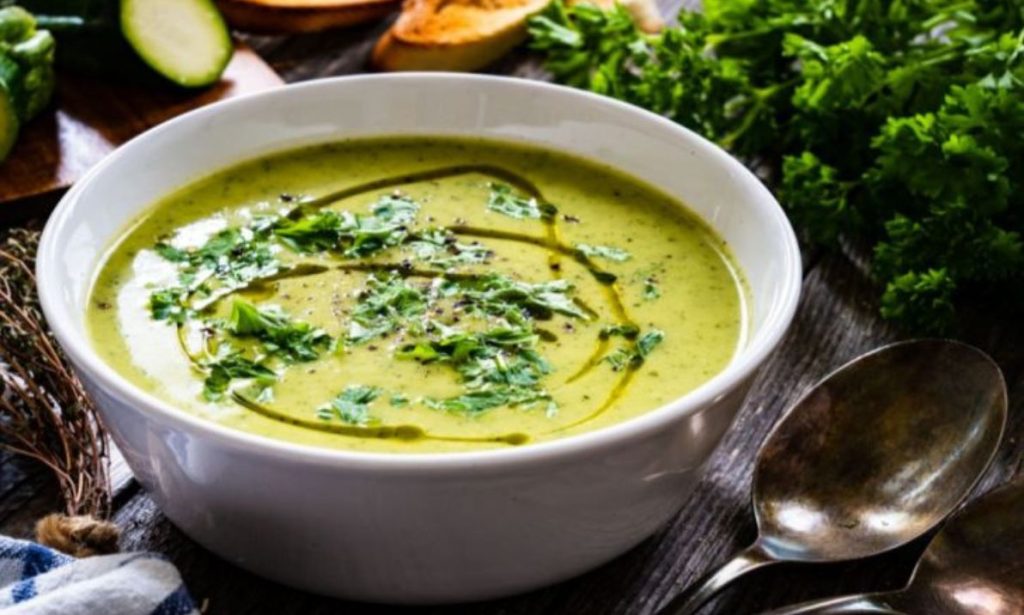Foods rich in protein are essential for athletes especially bodybuilders who are always daunted with the task of hitting their protein intake.
With the spiking food prices, there is a lurking need for Egyptians to reown their diet and second, guess the propaganda behind the increasingly subtle necessity of the pseudo-validation of high-end Western food products which is not necessarily affordable for many. Here are six low-budget high protein accessible Egyptian foods to consider in your next meal prep!
Keshk
Amply sold individually by the rural women who are found everywhere both in local markets and they carry it all the way from their villages where keshk is homemade. Today’s upper Egypt keshk was adopted during the Ottoman rule in the late Middle Ages.
It is an affordable source of protein made up of wheat and sour milk. It can be cooked with eggs which makes it a high-satiety breakfast meal that keeps the stomach full for an extended period throughout the day.
Around 15 grams of protein can be found in 100 grams of keshk.
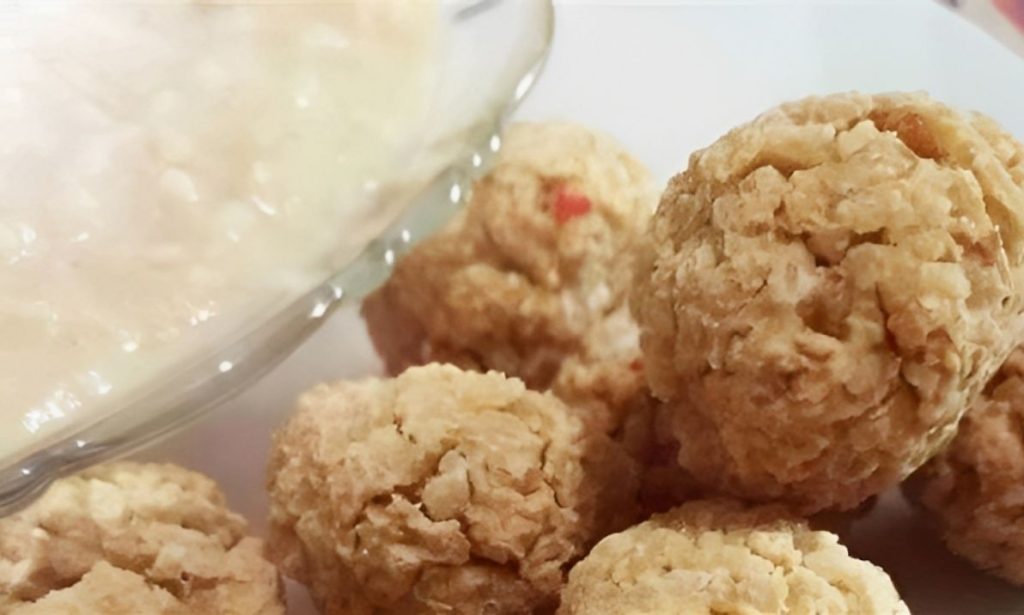
Lupini Beans “Termes”
Those beans date back to Ancient Egypt. Traditionally pickled and eaten on Sham Al Naseem holiday, and casually treated as a snack while strolling by the Nile river. Lupini are very nutrient-dense and abundant in amino acids.
Each 100 grams of cooked Lupini beans contains 16 grams of protein.
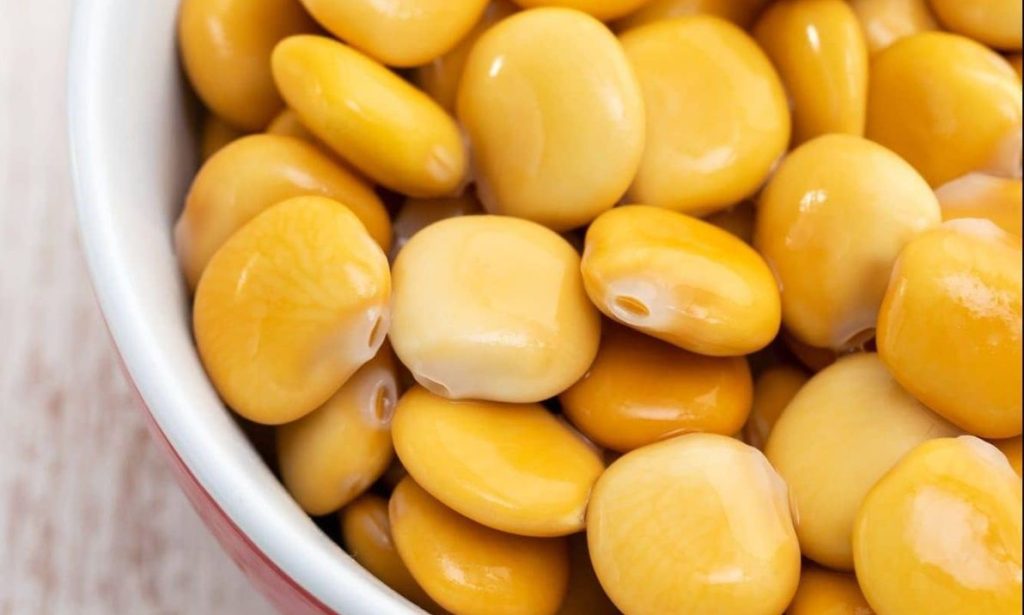

Cottage Cheese
Archeological evidence found that the ancient Egyptians made cheese 5000 years BC and it is believed to have originated both in the Middle East and Europe. Now cottage cheese is famous among athletes and devoted gym rats and it is also provided by upper-Egypt women in local markets. Wherever keshk is found, cottage cheese is also found.
This filling food, which has low palatability contains 10 grams of protein, for every 100 grams.
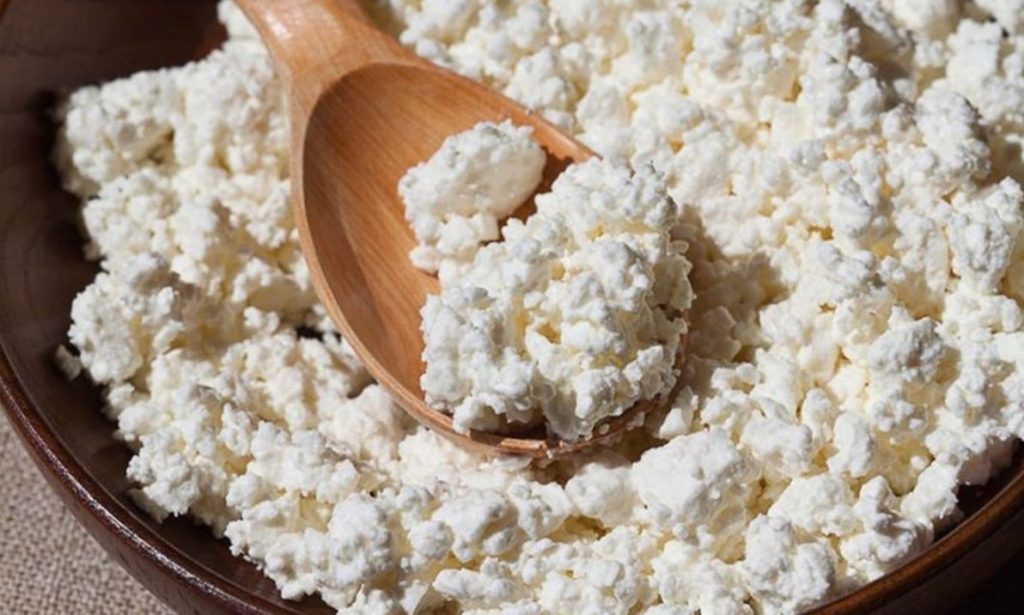

Egyptian Wheat Berries or Bellila
In business before oatmeal! Differing from the Syrian Hummus belila. The Egyptian wheat belila, also sometimes known as Ashoraa, reference to the tenth day of the sacred month Muharram. Egyptians have known this dish ever since their celebration of that day. Adding to its historic background, this sweet porridge is part of an Egyptian collective memory that is not only associated with taste, but with the smell, the warmth, and the memories.
100 grams of raw belila is worth 12 grams of protein.
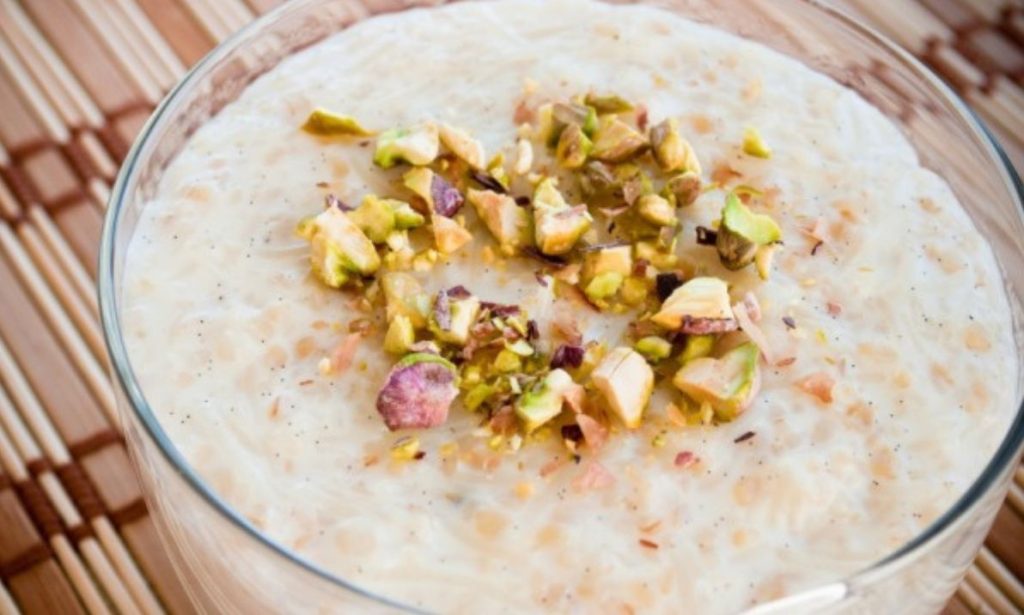

Couscous
This grain semolina-based product that takes many shapes and tastes emerged in North African countries like Egypt, Algeria, Tunisia, and Morocco during the 13th century. Now it’s sold and consumed all over the world. The Egyptian couscous or “kuskus” which is similar to the Moroccan one is also provided by rural women who spend lots of time in the long skill demanding process of making it.
The unsweetened version of it contains around 4 grams of protein for each 100 grams.
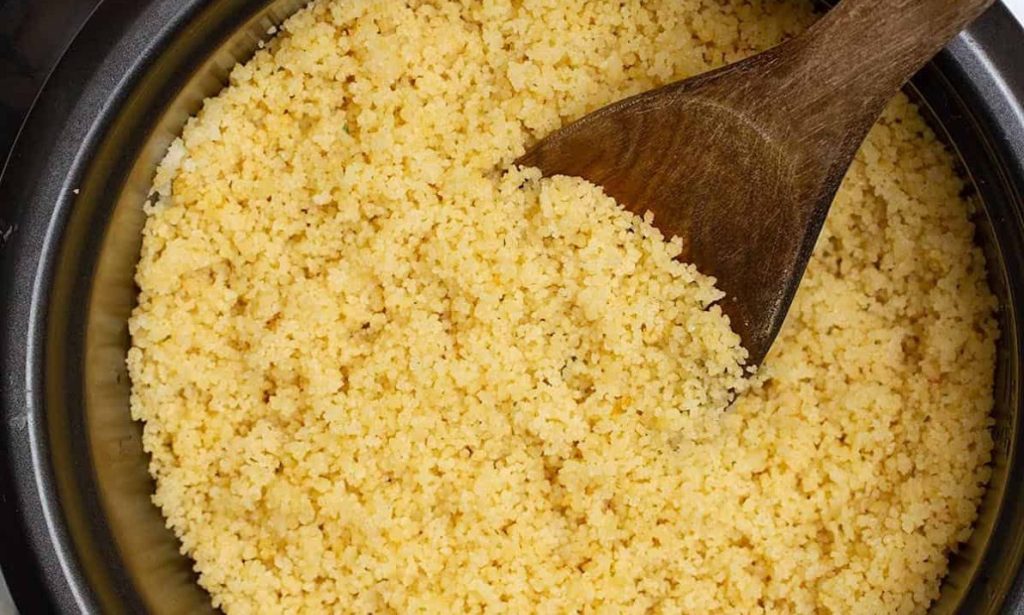

Bisara
Some claim it dates back to the ancient Egyptians, and others relate it to Palestinians. Bisara is one of the classic winter season Egyptian dishes that are not only affordable since it is made up of fava beans and coriander but also Low in glycemic index.
A 100-gram serving of Bisara has 4 grams of protein.
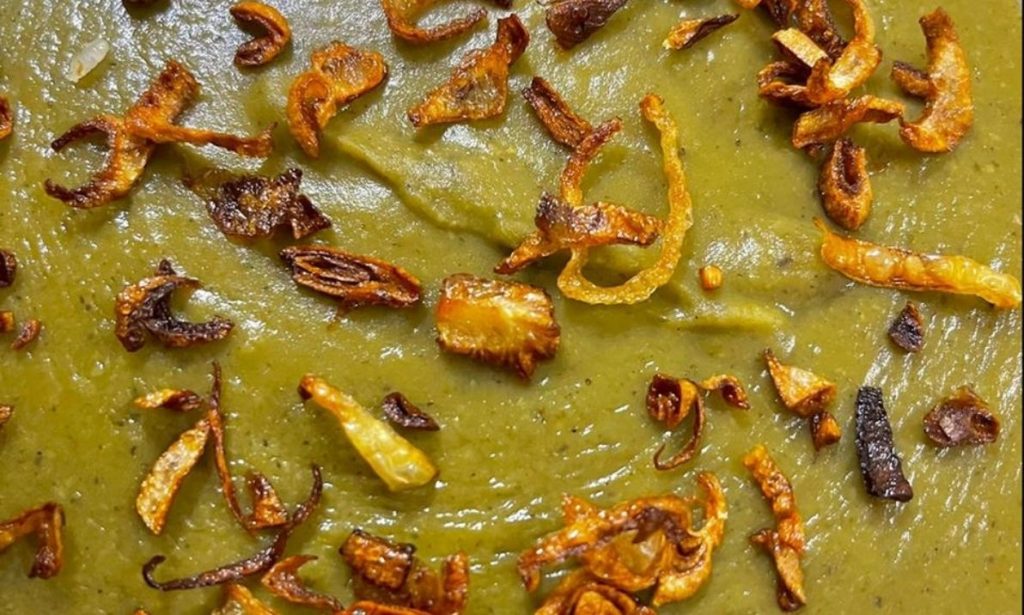

Traditional Egyptian food plays a pivotal part in the collective memory of Egyptians and in the mental image of the longevity of a nation. It also is no less nutritious than the current trendy “healthy food”. Therefore, the process of owning and re-owning of a great culture involves its food, especially if it is affordable and high in protein, of which many gym goers and diet devotees will certainly approve.
WE SAID THIS: Don’t Miss…Reinventing The Egyptian Street Food Favorite ‘Hawawshi’


